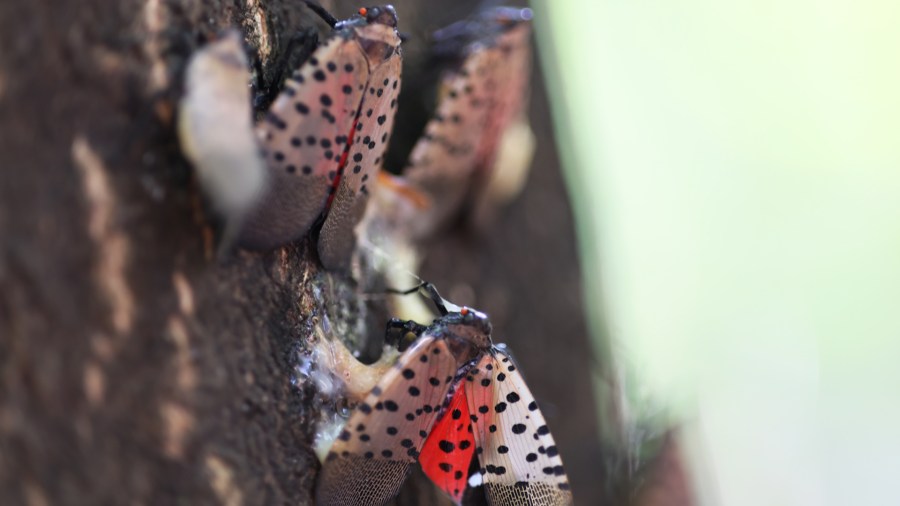NORFOLK, Va. (WAVY) — As we enter the warmer months, invasive insects will move in to the Hampton Roads area, as the higher temperatures accelerate the growth of the spotted lanternfly, which poses a significant threat to Virginia while presenting many environmental challenges.
“They’re not here yet, but they’re coming,” said Deborah Waller, biological sciences associate professor with Old Dominion University.

The intrusive creatures are beautiful and known for their vibrant features. They are harmless to humans, as they don’t bite or sting, but they are highly destructive to agriculture and green spaces.
“They’re very harmful because they attack many different trees, and also vines and food crops,” Waller said. “So they attack many of our foods and they cause damage to them. They stress them, and they kill them.”
The Asian-native insects are powerful sapsuckers, which is how they attack vegetation.
“They have sucking mouthparts, and piercing mouthparts,” she said. “They just stick it into the plant and suck up juices. And another thing they do to get enough nitrogen, they have to take a whole lot of sap inside. That means they’ve got a whole lot of sugar that they excrete. And when they excrete that, then mold forms on it, which is harmful.

According to the U.S. Department of Agriculture, Virginia is among 18 states reported to have spotted lanternfly infestation. The Virginia Department of Agriculture issued a quarantine in 2019 for the invasive species, but last month it was repealed due to being ineffective.
“I think they just spread very fast when they start becoming dissatisfied with the food,” Waller said. “They’ll use it up, then they move to a new place. And when there’s so many of them, they spread rapidly. You need to keep an eye out for them. And you need to look for, not only the adults but [also] the egg masses.”
The spotted lanternflies will lay eggs anywhere on hard surfaces and on items that can be easily transported. Report any sightings of the spotted lanternflies to the Virginia Department of Agriculture and Consumer Services.







